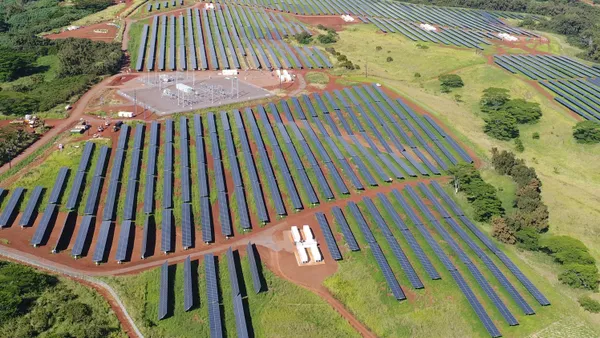Dive Brief:
- California Public Utilities Commission President Michael Picker said the state grid has proven it can handle 40% renewables, will not be challenged by the 50% renewables by 2030 mandate recently proposed by Governor Jerry Brown, and could get to 100% renewables.
- In his January inaugural address, Brown proposed upping the state’s mandate from its current 33% renewables by 2020 level, but his administration has not yet offered any details on how it would be accomplished. Picker’s observation about the viability of a renewables-based grid is viewed as a blow to coal and nuclear generators who argue renewables’ variability threatens grid stability.
- Picker said the state’s grid handled 40% renewables on a few days in 2014 and believes his commission, the California Energy Commission, and the California Independent System Operator (CAISO) will achieve the flexibility necessary to run the system despite renewables' variability.
Dive Insight:
Germany, at 28% renewables, is considered the biggest economy to move to such a high penetration. Its grid remains stable.
Hawaii’s regulators and HECO are working toward a 67% renewables by 2030 mandate. But Hawaii’s smaller size and geographic geographic isolation make meeting such a goal significantly easier. No other state’s mandate is higher than 30%.
“We have known for some time that the 33% RPS was only a floor and not a ceiling and we have been thinking about 40% and 50% penetration rates,” CAISO Senior Public Information Officer Steven Greenlee told Utility Dive. With increased collaboration and coordination between energy agencies, he added, “we are prepared to move forward and make this a reality.”
Resource mix specifics will be up to the California Energy Commission (CEC) and the people involved in the California Public Utilities Commission (CPUC) long term procurement plan process, Greenlee explained. The ISO then determines what infrastructure is needed to support the new resources.














